(5 min read) The Met Cloisters offers an immersive experience in medieval architecture and showcases a world-class collection of art from the 8th to 16th centuries.

Overview
The Metropolitan Museum of Art on Fifth Avenue (aka “The Met,” and the greatest single museum in the world) has a great medieval collection, both in the decorative arts galleries on the first floor and in the painting galleries on the second.
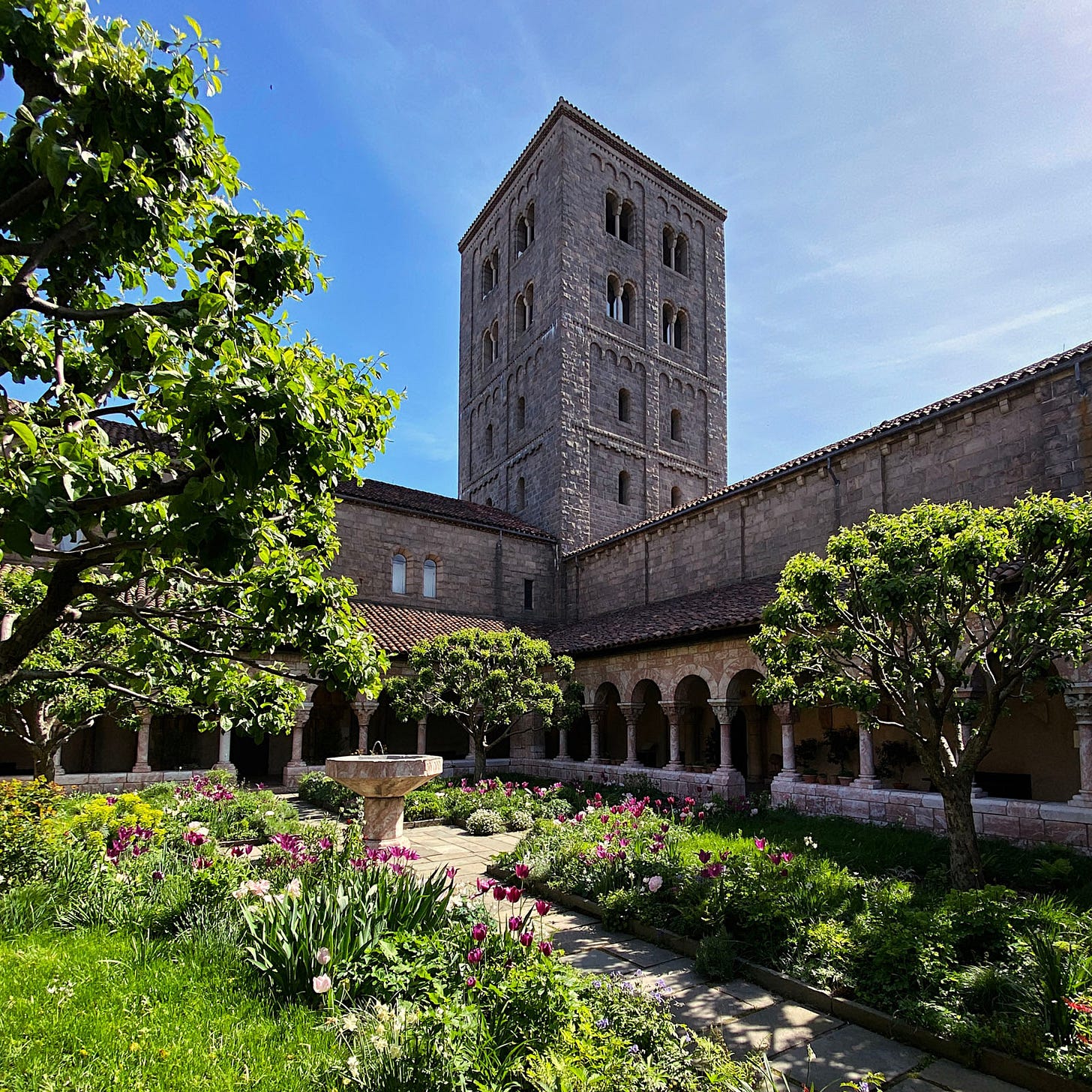
But if you really want to feel like you are in medieval Europe, travel to the northern tip of Manhattan — six miles north of the Met, a hundred miles from the noise and pollution, and a thousand years back in time — and enter The Cloisters (aka the “Met Cloisters”), a branch of the Met that not only houses more medieval art but does so in a building constructed from components brought over from Europe.
The entire building wasn’t brought over, of course. But many of the key architectural spaces — like the central Cuxa cloister (figures 2, 7 & 13), the St-Guilhem cloister (figures 1 & 8), and the Bonnefont cloister (figure 3) — were compiled from building components of medieval monasteries and convents.
The Cloisters exists thanks to the extraordinary collecting efforts of George Grey Barnard, an American sculptor who spent decades in France acquiring medieval architectural fragments, sculptures, and decorative objects.
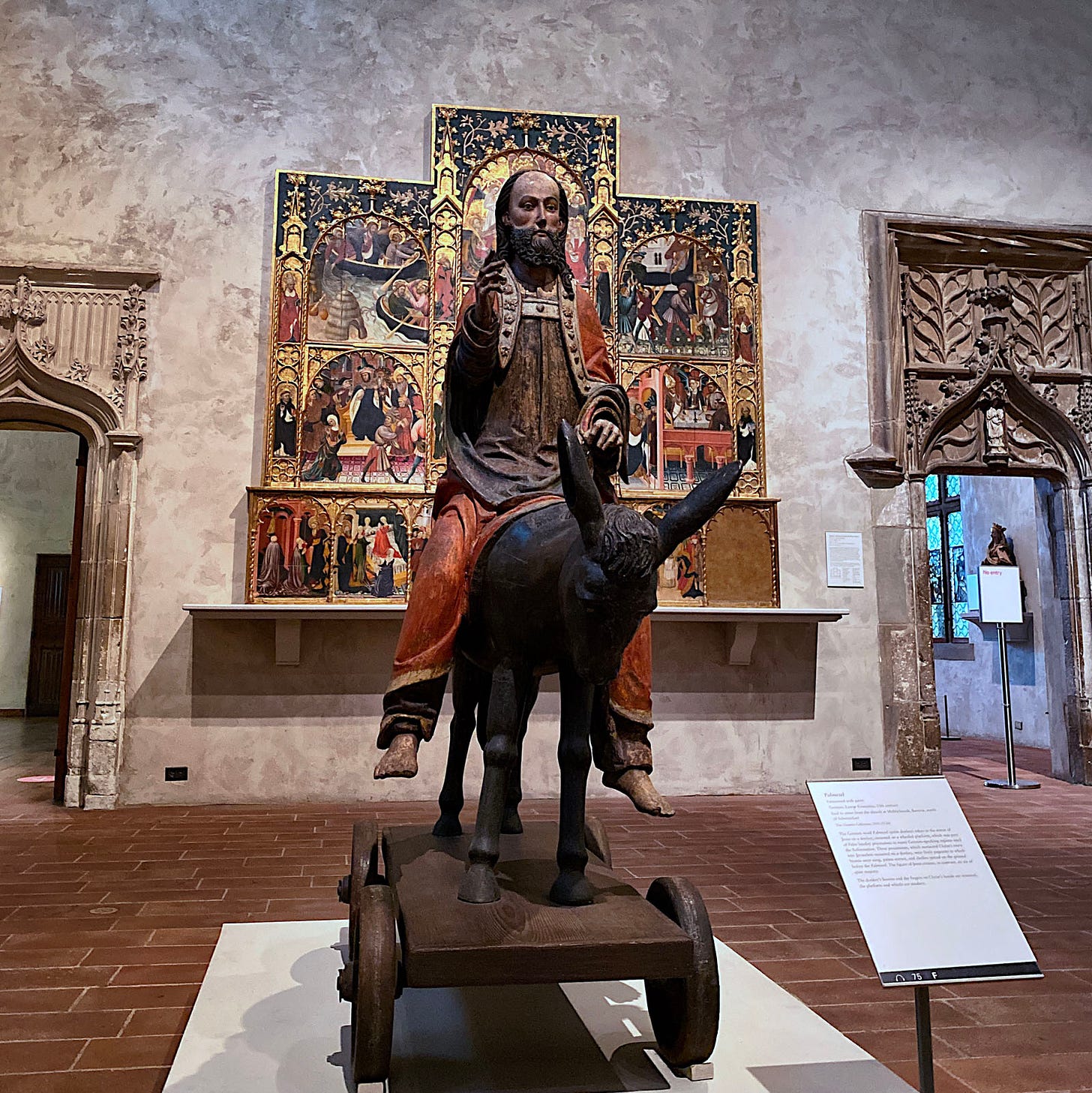
Working in the early 1900s, Barnard had perfect timing — the French Revolution had damaged countless monasteries and churches, and many more were crumbling from neglect or being demolished for modern development. What others saw as ruins, Barnard saw as rescue-able treasures.
Barnard was both passionate and systematic in his collecting. He didn’t just buy individual pieces — he acquired entire architectural ensembles. The pink marble columns and capitals of the Cuxa Cloister came from the 12th-century Benedictine abbey in the Pyrenees.
The Saint-Guilhem Cloister combines fragments from a monastery founded by Charlemagne’s cousin in 804. The Bonnefont Cloister represents 12th-century Cistercian austerity with its simple, elegant stonework.
Initially, Barnard displayed his collection in a makeshift museum on Fort Washington Avenue. But the scope of what he’d assembled demanded something grander — enter John D Rockefeller Jr, who in the 1930s both purchased Barnard’s collection and funded construction of a proper home for it.
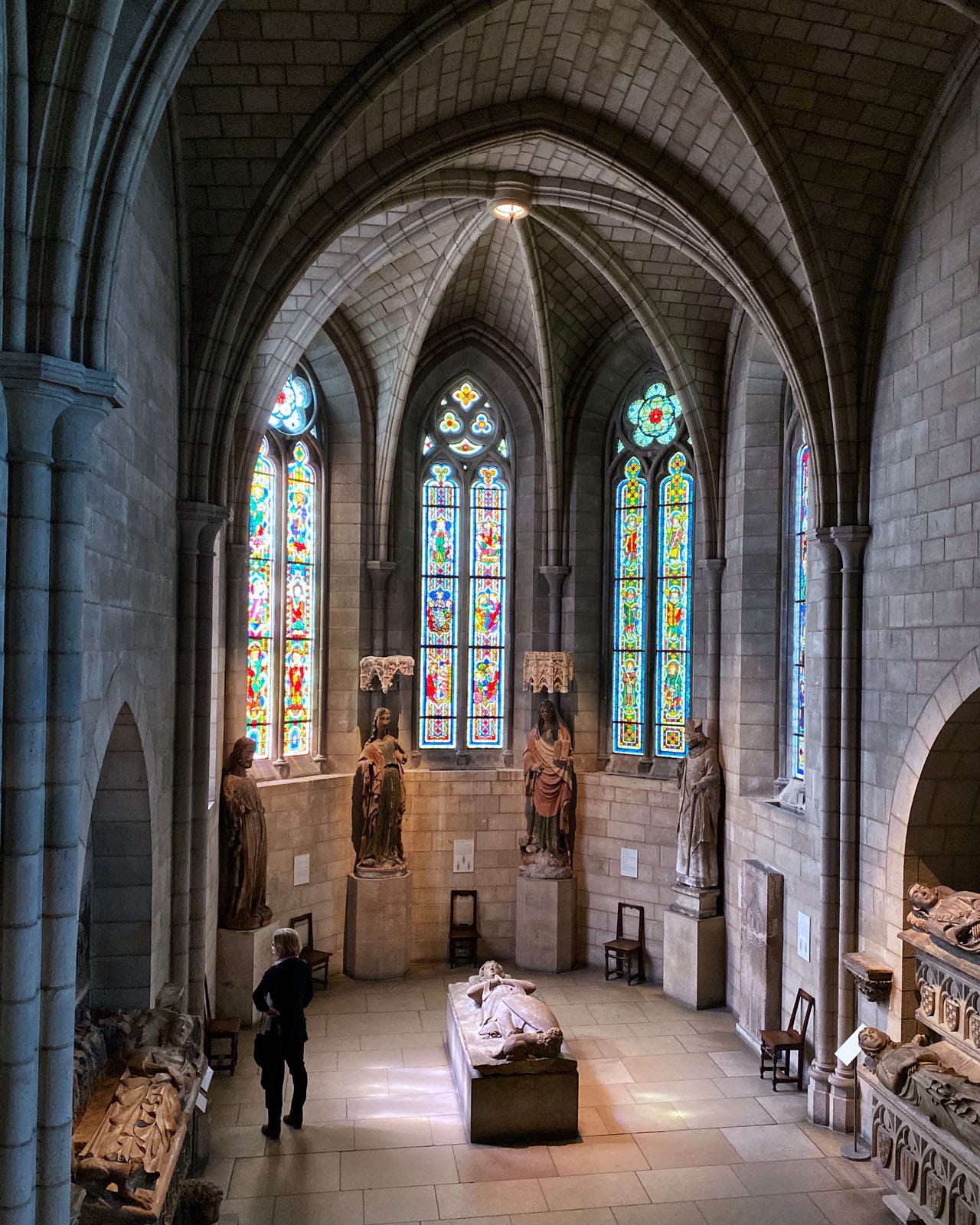
Rockefeller’s vision was ambitious: create an authentic medieval environment in America by reassembling Barnard’s architectural elements within a purpose-built structure. The museum opened in 1938, designed by Charles Collens to harmoniously blend the various medieval periods and regions Barnard had collected.
The building’s location — perched above the Hudson River in Fort Tryon Park (which Rockefeller also donated to the city) — enhances the time-travel effect.The building’s terraced gardens, planted with species mentioned in medieval texts and tapestries, complete the illusion that Barnard first imagined when he saw those crumbling stones in rural France.
** Please like and/or restack this post if you enjoyed it; it helps others to find it! **
Art in Detail
For a detailed look at some of the pieces here I found particularly interesting or photogenic, check out the recent Substack Notes below.
(Also, note that the Unicorn Tapestries mentioned in figure 12 will be featured in much detail at The Gothic World in nine days.)
Practical Information
Where: Manhattan, USA
My Visit: 7 May 2021
Best For: Medieval art enthusiasts, visitors tired of the hustle and bustle of NYC.
Pro Tip: Locals are more likely to visit here than tourists, so weekday afternoons are a good option — go to a more crowded option in the morning and visit here in the afternoon.


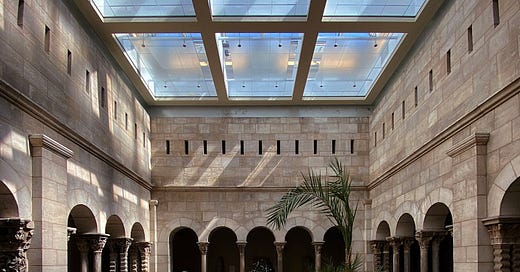


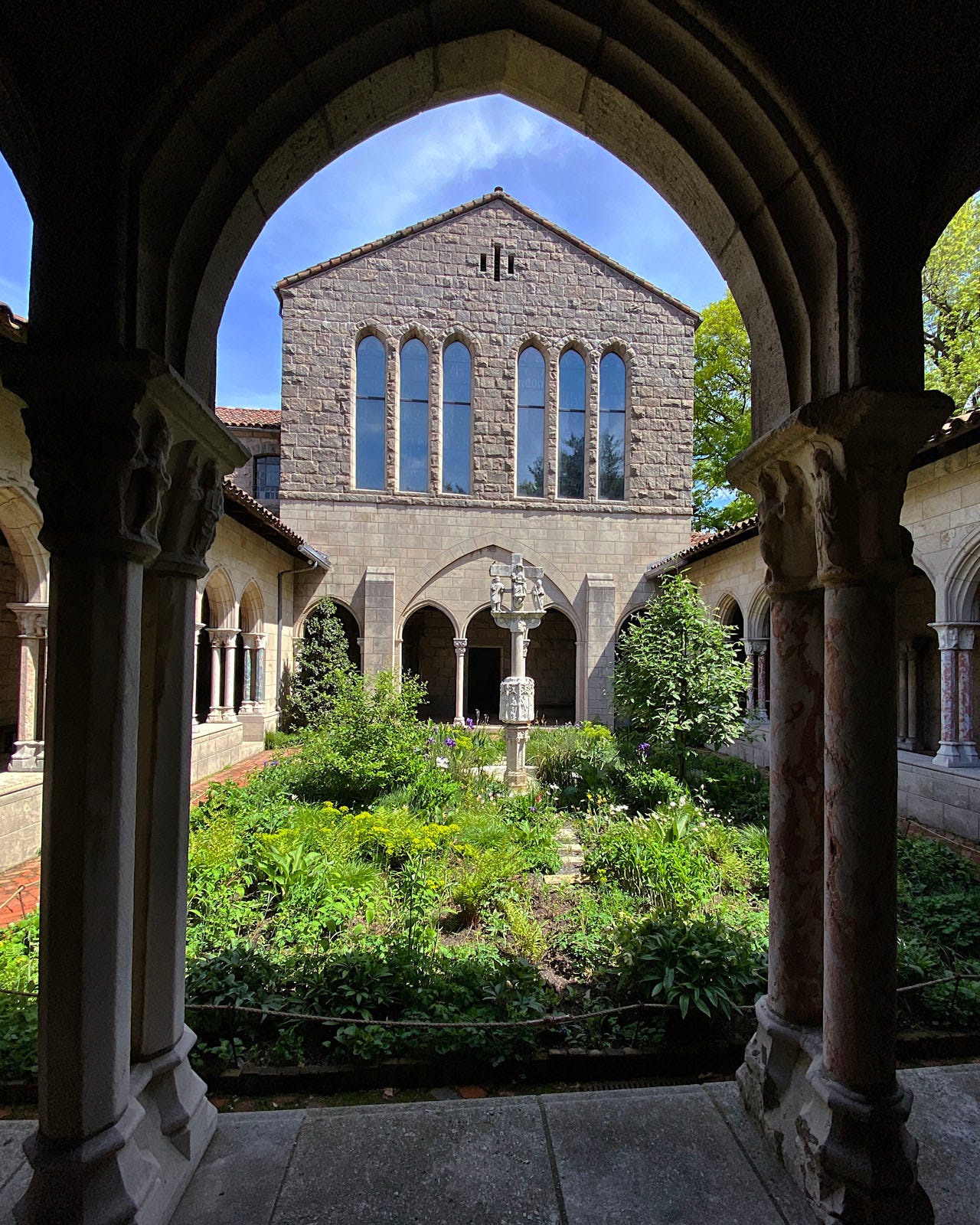
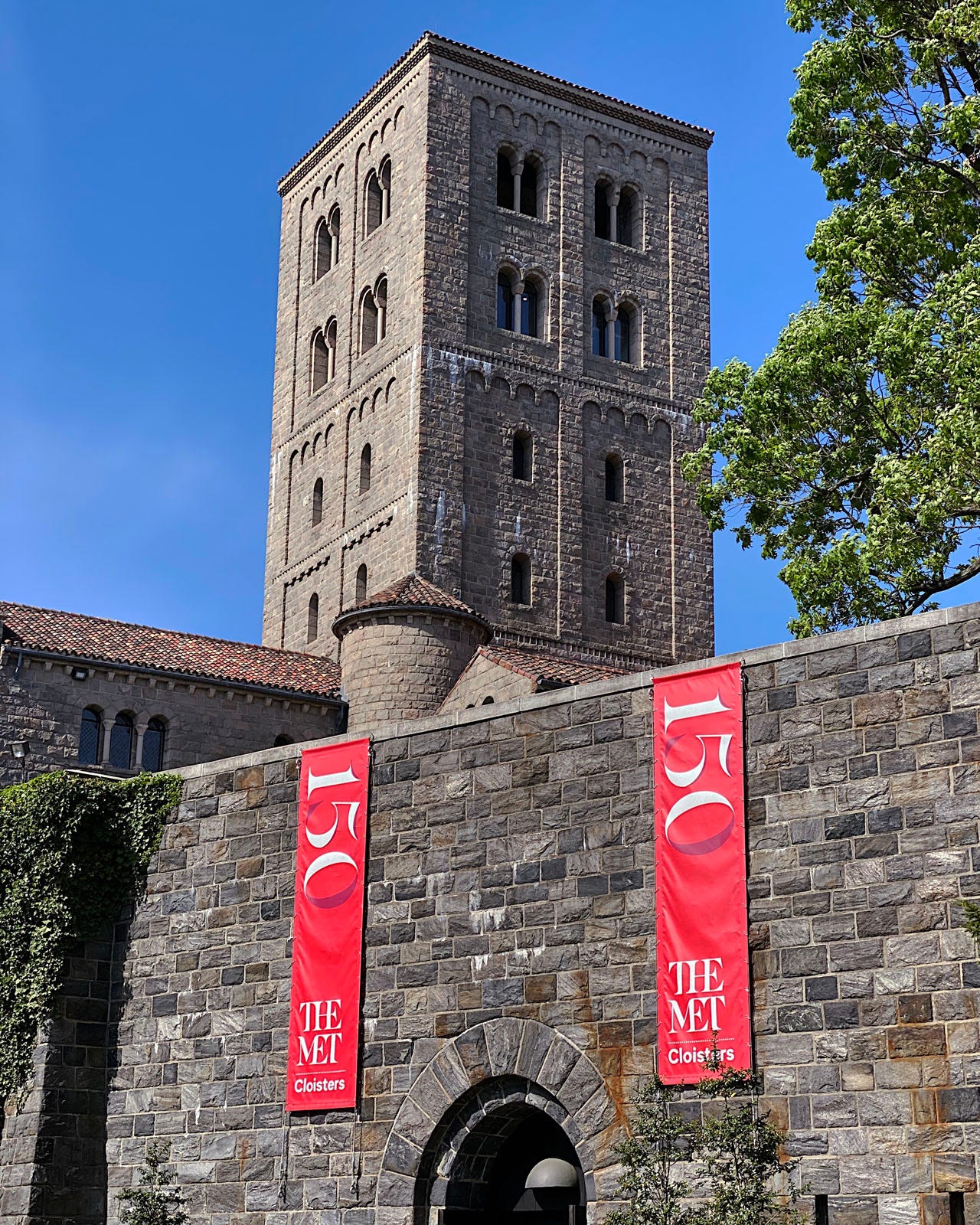
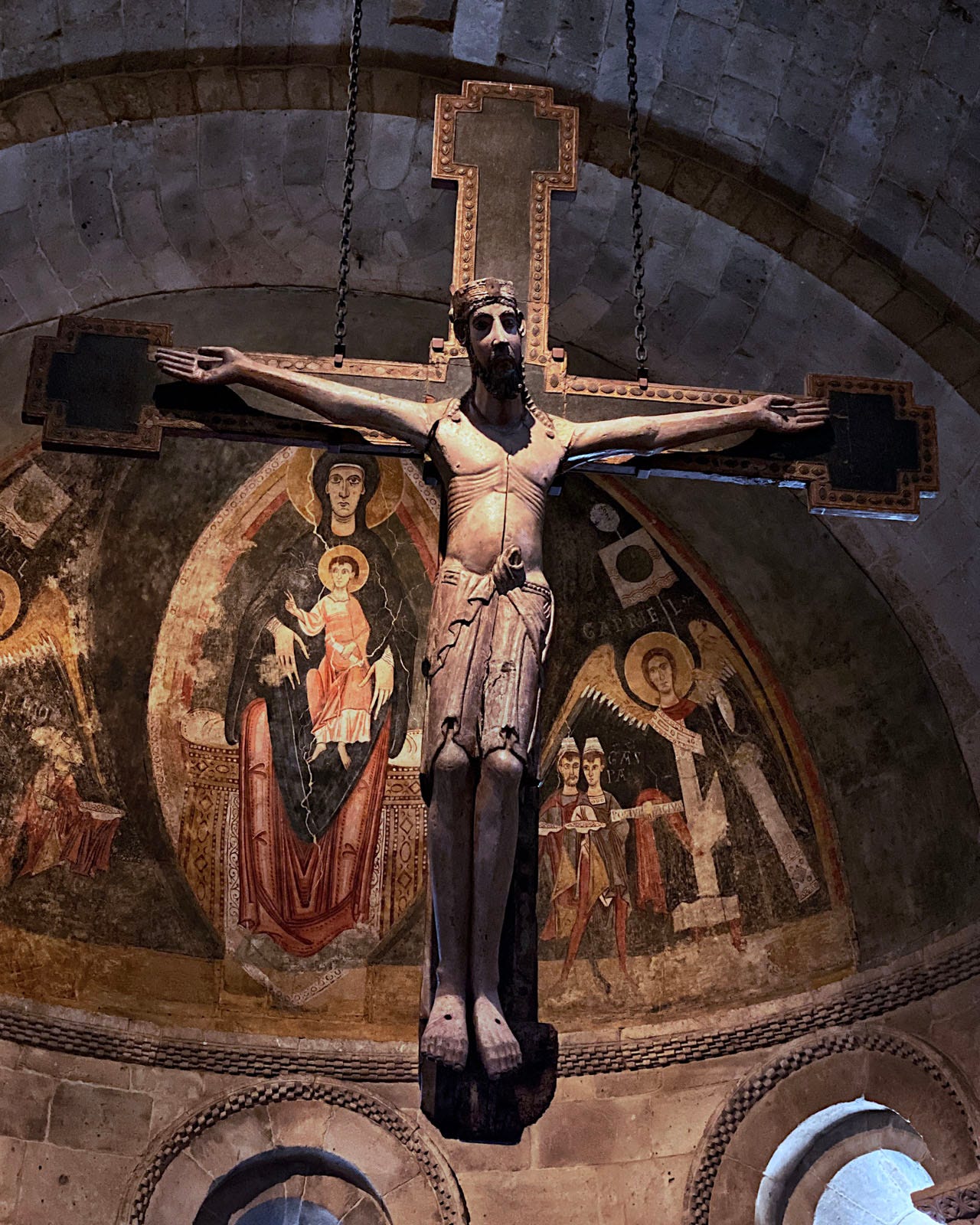
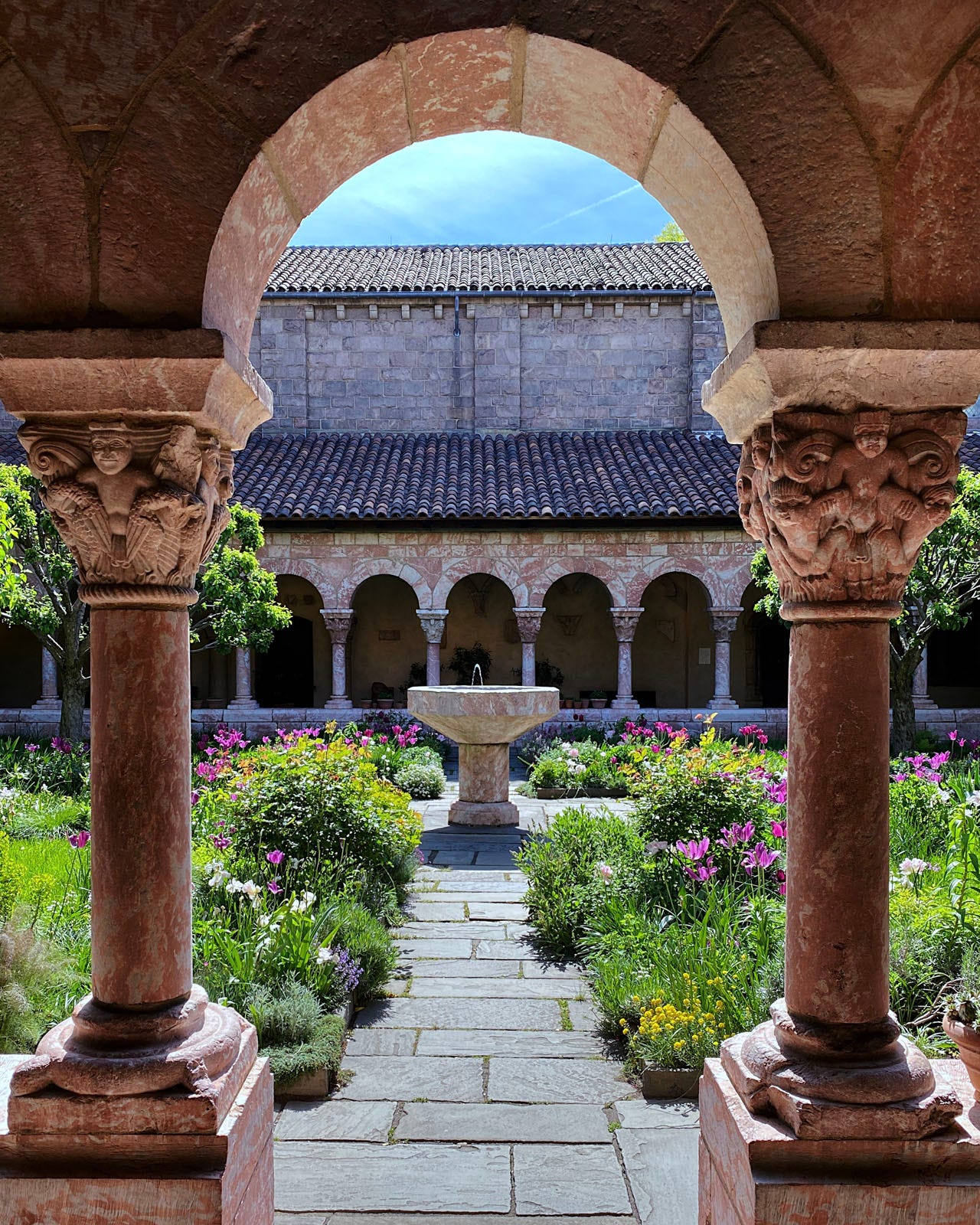

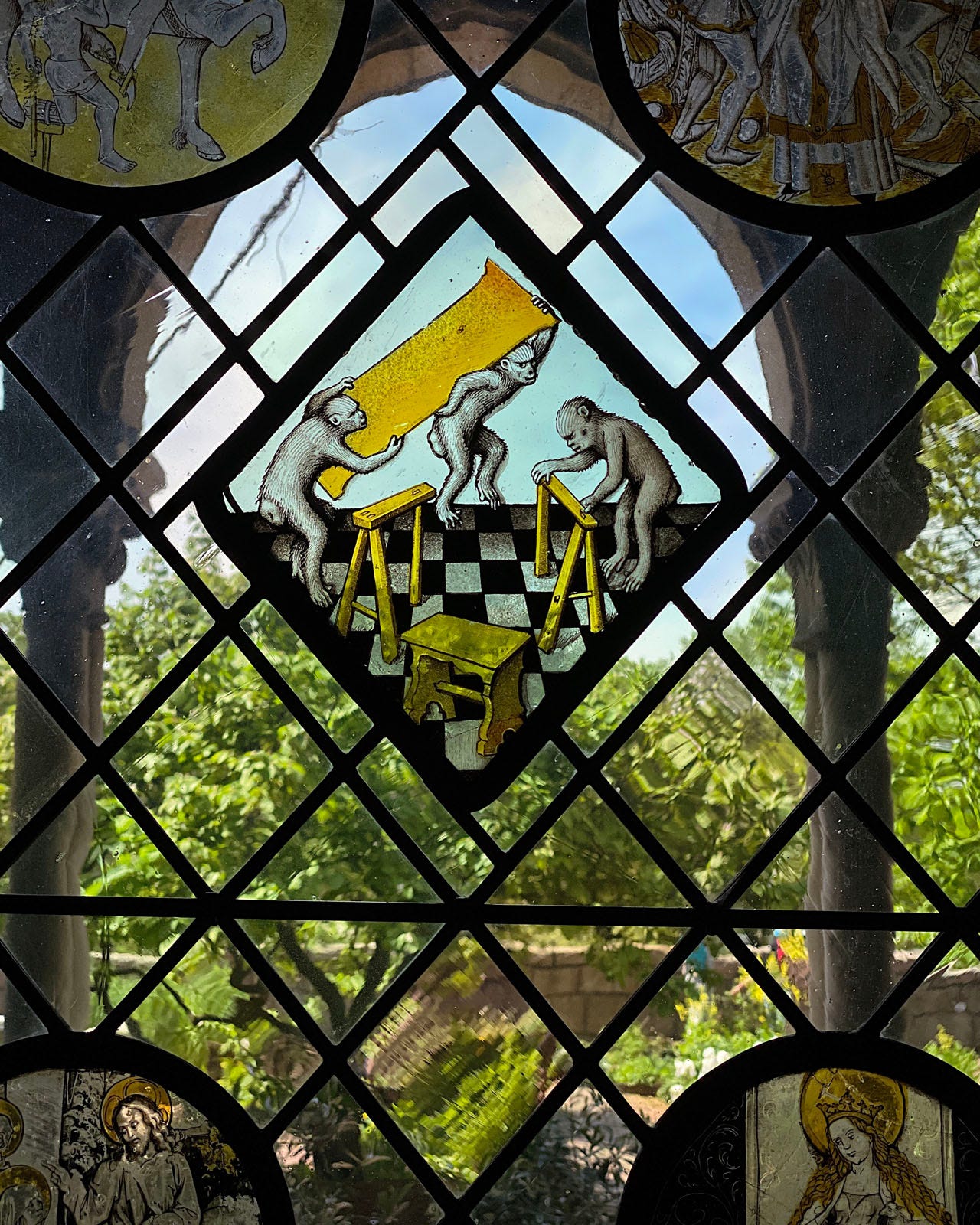
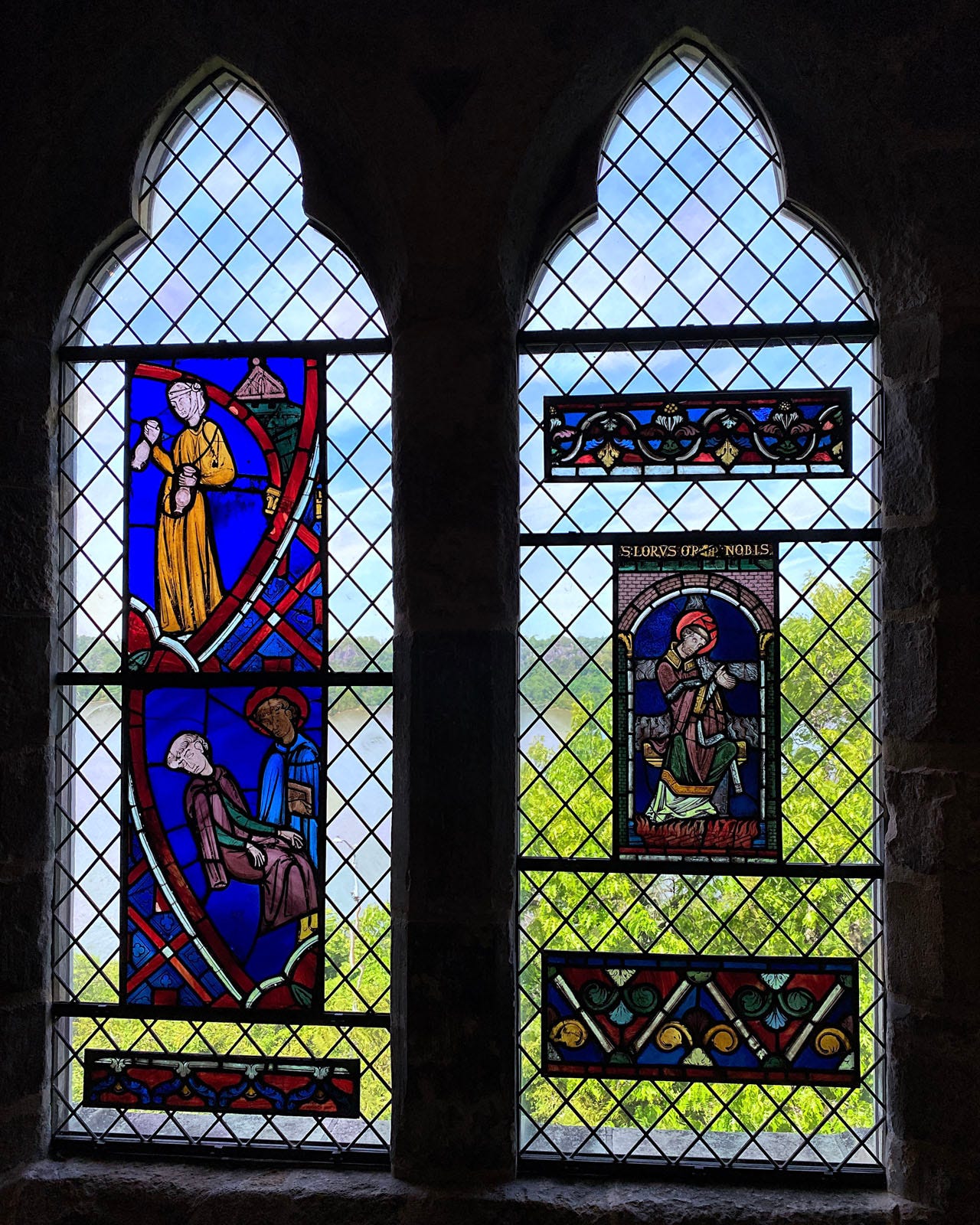
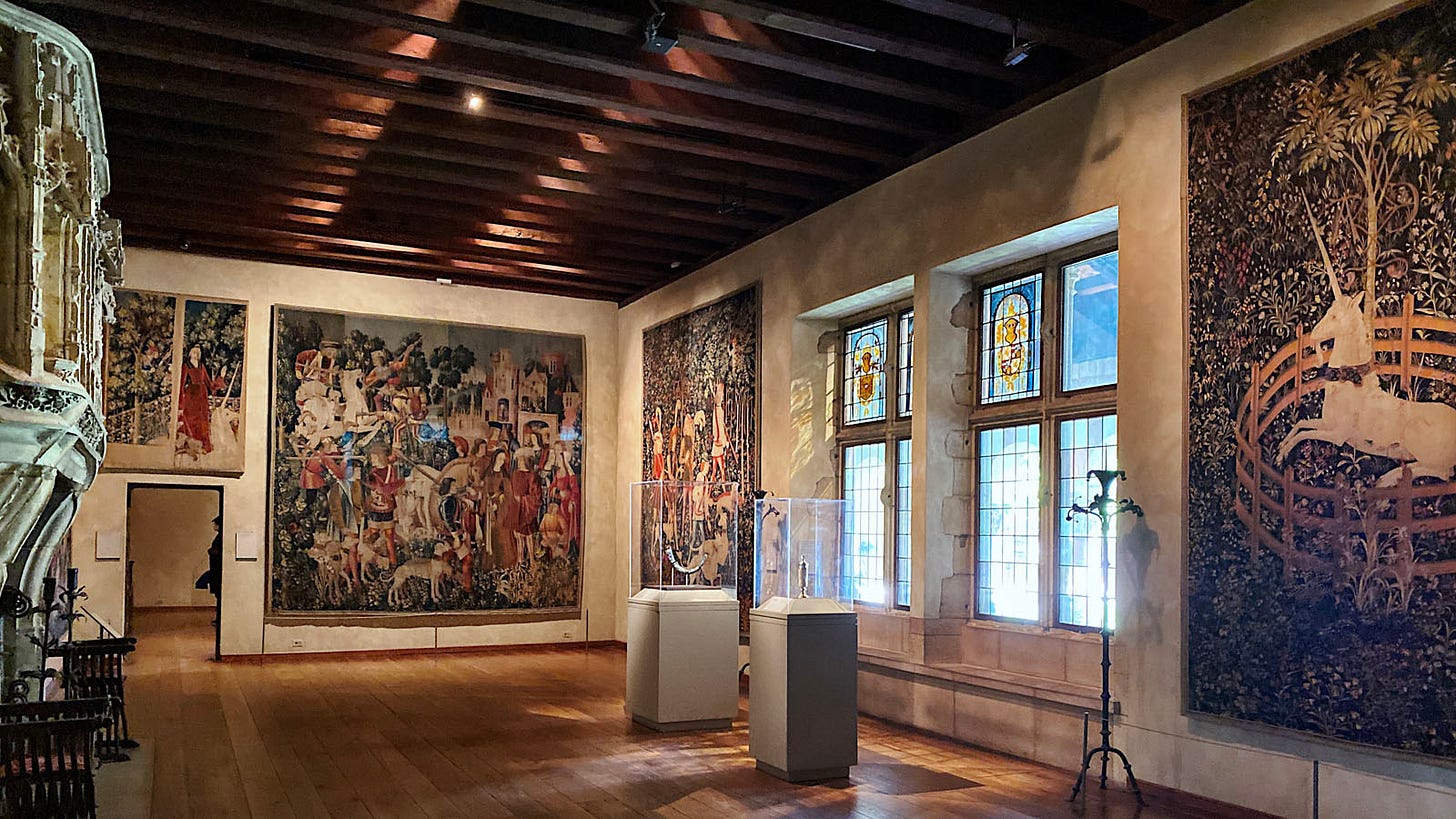

Thanks, Ben! The Cloisters is a favorite of mine! Love your observations! Yes, beautiful and a delightful escape! I was there exactly a year ago. As a slight aside, as a fan of Duke Ellington and Ella Fitzgerald, I love telling people that to get to the the Cloisters, you have to "Take the A Train!"
A magnificent presentation of The Cloisters. Thank you!